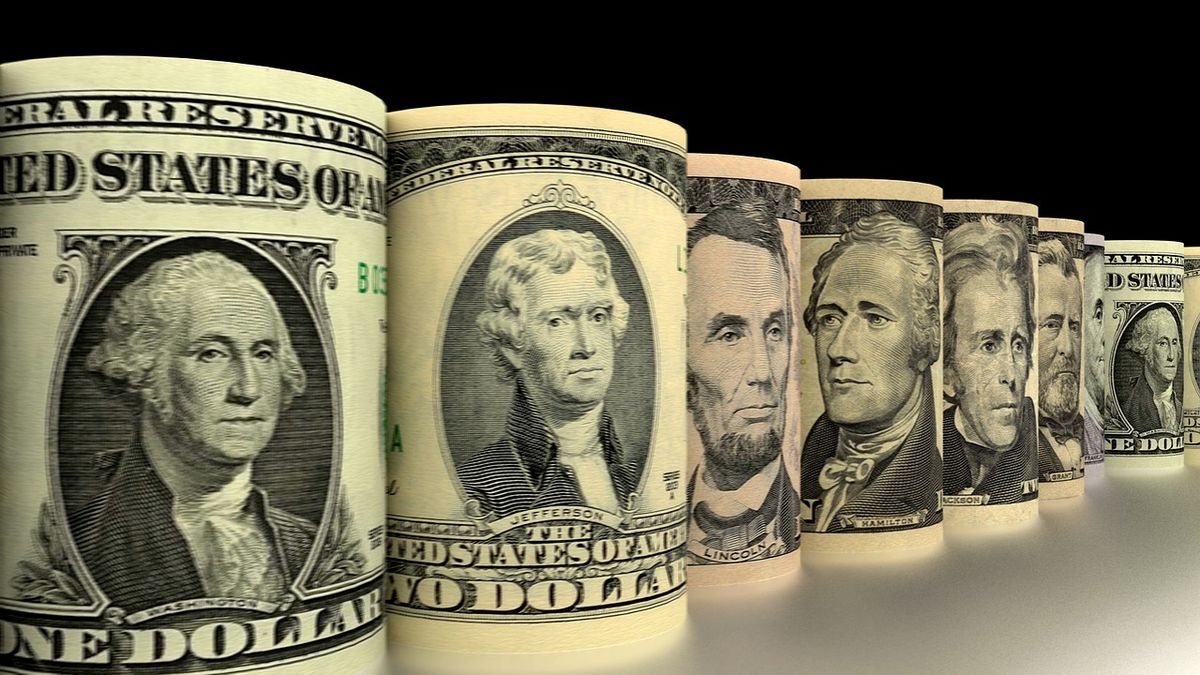The dollar index added to 113.23 points, its highest level since May 2002 and surpassing two-decade highs reached earlier this week.
The dollar got a boost this week from the Federal Reserve’s monetary policy announcement. The entity decided to raise its interest rate to the range of 3%-3.25%, which boosted Treasury bonds and the US currency, while hitting other assets.
In another development that weighed on the pound, Britain’s new finance minister, Kwasi Kwarteng, announced tax cuts and measures to support households and businesses, and the UK debt office unveiled plans for an additional 72,000 issuance. million pounds ($79.74 billion) during this fiscal year.
Sterling posted its biggest weekly decline against the US dollar in two years after hitting a new 37-year low of $1.0840. The pound was the worst performing currency against the dollar on the day, down 3.4% at $1.0874, and also suffered its biggest daily percentage loss in two years.
“The market is giving very strong signals that it is no longer willing to finance the UK’s external deficit position at the current real yields and exchange rate settings,” wrote George Saravelos, global head of forex research at Deutsche Bank.
Earlier in the session, UK PMI figures showed the slowdown in the UK economy worsened this month as businesses struggled with rising costs and faltering demand.
In line with the pound, the euro fell 1.5% to $0.9689, after hitting its lowest level since October 2002 of $0.9669.
The drop was triggered in part by data indicating that S&P Global’s Eurozone Composite Purchasing Managers’ Index (PMI), seen as a good indicator of overall economic health, fell further in September.
And the recession in German business activity deepened as higher energy costs hit Europe’s largest economy and companies saw a drop in new business.
Europe’s shared currency had its worst weekly performance drop since March 2020.
The yen traded down 0.6% at 143.30 per dollar, but posted its first weekly gain of 0.3% in more than a month after Japanese authorities intervened in markets on Thursday to back the currency for the first time since 1998.
George Veseya currency strategist at Western Union International Bank, said the euro zone data highlighted “continuing fears about the energy crisis and recession,” pushing the euro to new 20-year lows.
On Thursday, the Bank of England raised interest rates by 50 basis points to deal with inflation, but, like the previous rate hikes in recent months, the measure did not serve to support the poundas it was overshadowed by concerns about the economy.
the rise of rates implemented in the world generates certain reserves: while some directors of the European Central Bank fearful that the rate level would enter “restrictive terrain”, some companies also pointed out that central banks were not taking into account the damage that an aggressive rate hike could imply. On the other hand, the labor market in the United States showed a break in its recovery for the first time in 5 weeks and saw an increase in new claims for unemployment insurance compared to the previous week. The strength of the recovery in the labor market is usually taken as a good sign to persist in monetary policy.
Source: Ambito
David William is a talented author who has made a name for himself in the world of writing. He is a professional author who writes on a wide range of topics, from general interest to opinion news. David is currently working as a writer at 24 hours worlds where he brings his unique perspective and in-depth research to his articles, making them both informative and engaging.




